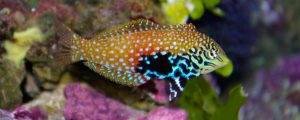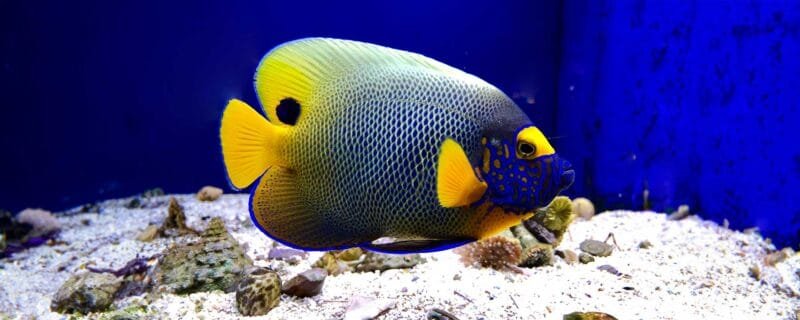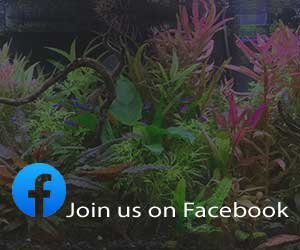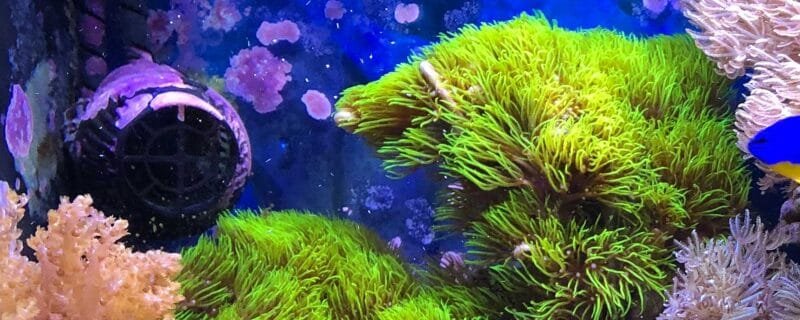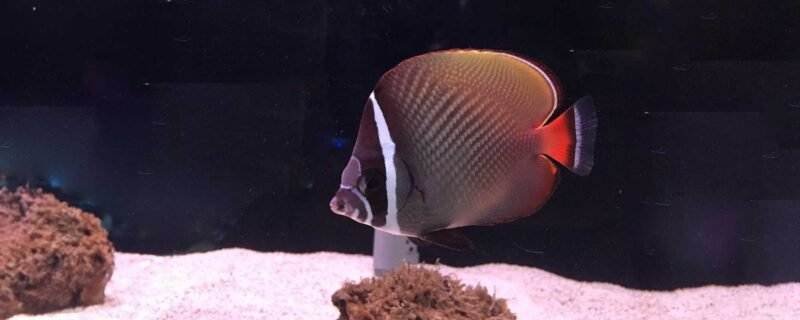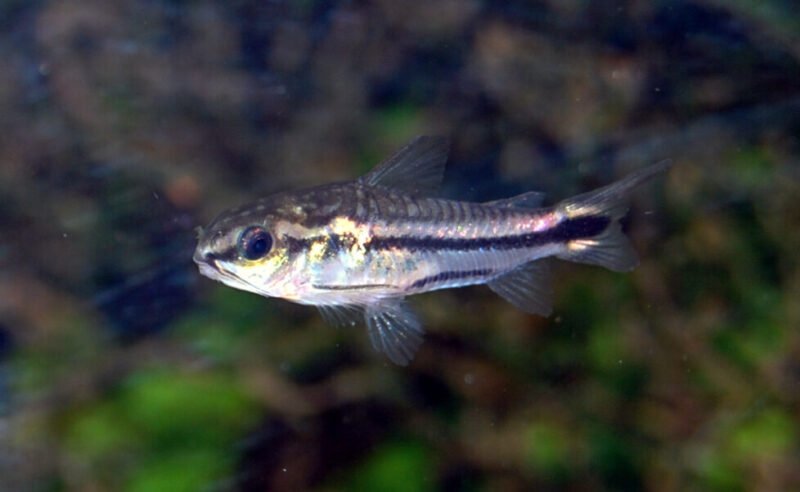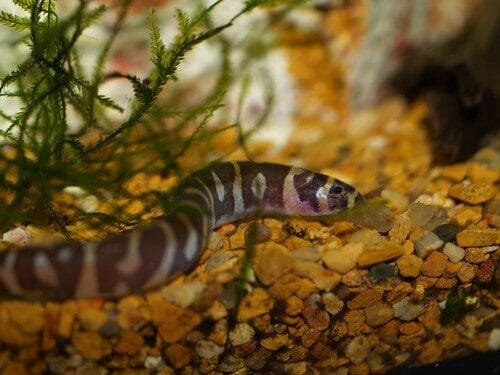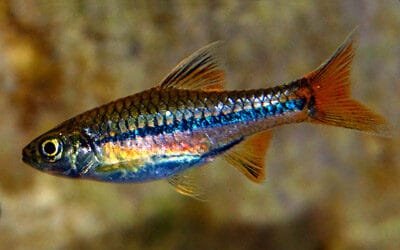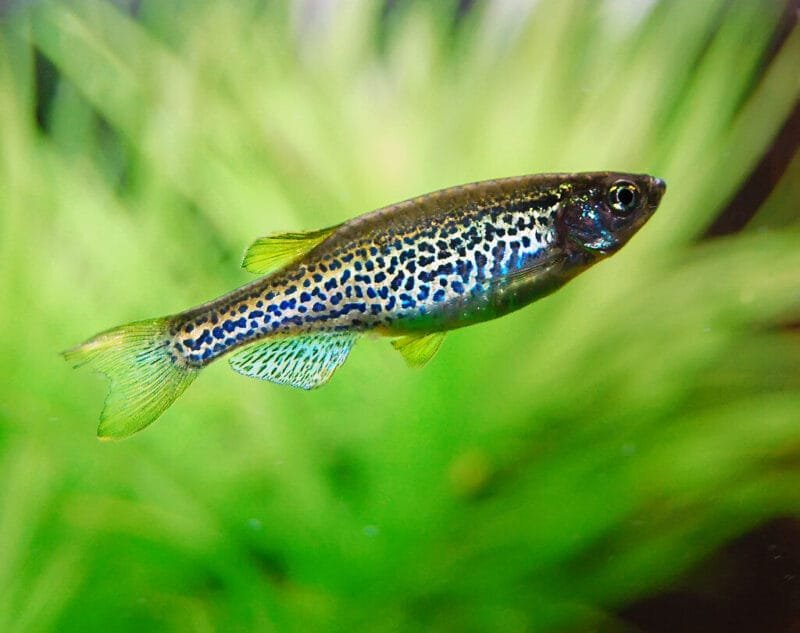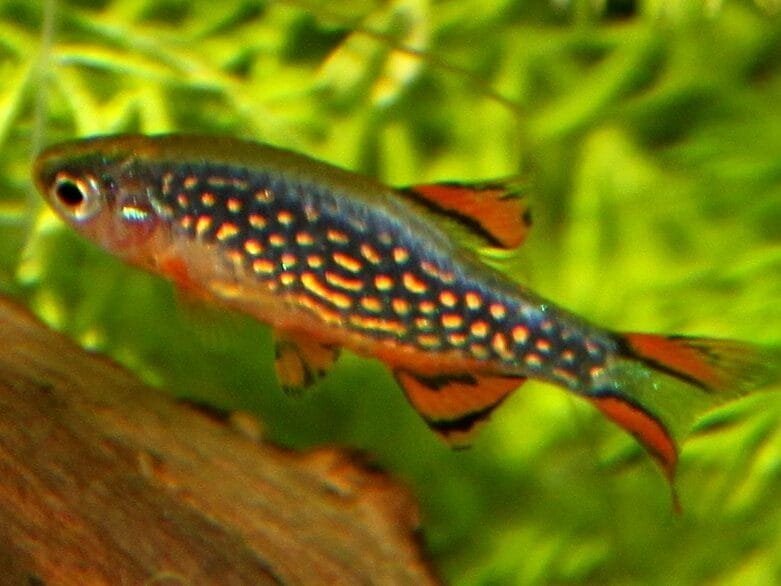Unveiling the Dardanus Hermit Crab: Nature’s Tiny Architect
Introduction
Within the vibrant and intricate world of marine life, the Dardanus Hermit Crab, scientifically known as Dardanus spp., stands out as a fascinating creature. These remarkable crustaceans are renowned for their unique behaviors and adaptability, making them intriguing inhabitants of both reef aquariums and the ocean’s depths. In this blog post, we’ll explore the Dardanus Hermit Crab, including its Latin name, size, natural habitat, types, diet, alternative names, care requirements, and why they are captivating additions to any marine environment.
Dardanus Hermit Crab Basics
Latin Name: Dardanus spp.
Size: Dardanus Hermit Crabs come in various sizes, typically ranging from 1 to 4 inches (2.5 to 10 centimeters), depending on the species and age.
Natural Habitat: Dardanus Hermit Crabs are found in warm, tropical waters, primarily in the Indo-Pacific region. They inhabit rocky and coral reef environments, often dwelling at depths of 3 to 100 feet (1 to 30 meters).
Habitat: These crustaceans are commonly encountered in areas with ample hiding spots, as they seek out empty gastropod shells to use as protective homes. The choice of shells varies depending on the individual crab’s size and availability.
Types: The Dardanus Hermit Crab belongs to a diverse genus, with multiple species displaying variations in coloration and shell preferences. Some popular species include Dardanus calidus, Dardanus megistos, and Dardanus guttatus.
Diet and Feeding Habits
Dardanus Hermit Crabs are omnivores, which means their diet comprises both plant and animal matter. In the wild, they scavenge for algae, detritus, small invertebrates, and carrion. In captivity, it’s crucial to offer them a varied diet to ensure their nutritional needs are met. You can provide them with:
- Algae: Include marine algae and seaweed as a primary source of plant-based nutrition.
- Protein: Offer small pieces of seafood like shrimp, fish, and mollusk meat.
- Pelleted Food: High-quality marine hermit crab pellets can be a convenient staple.
- Vegetables: Occasional fresh vegetables like spinach and seaweed can be beneficial.
- Calcium: Calcium supplements are essential for shell health.
Alternative Names
Dardanus Hermit Crabs are sometimes referred to as “Blue-Legged Hermit Crabs” or “Yellow-Legged Hermit Crabs” due to the striking coloration of their legs. They may also be called “Turbo Hermit Crabs” when they favor Turbo snail shells for their homes.
Care and Maintenance
- Housing: Dardanus Hermit Crabs should be kept in reef or marine aquariums with live rock and plenty of hiding spots. Ensure there are empty gastropod shells of various sizes available for them to choose from.
- Water Quality: Maintain stable water conditions with a temperature range of 72-78°F (22-26°C) and a pH level of 8.1-8.4. Regular water changes are essential to maintain good water quality.
- Compatibility: Dardanus Hermit Crabs are generally peaceful, but they may become territorial. Keep them with other compatible tank mates, avoiding aggressive or predatory species.
- Feeding: These hermit crabs are opportunistic feeders and should be offered a varied diet 2-3 times a week. Ensure they have access to both plant-based and protein-based foods.
- Shell Upkeep: Regularly inspect their shells for damage and provide new shells as they grow. A variety of shell options will prevent shell competition among the crabs.
Ease of Care
Dardanus Hermit Crabs are considered relatively easy to care for in a marine aquarium, making them suitable for beginner and experienced aquarists alike. Their adaptability and peaceful nature contribute to their popularity among marine enthusiasts. However, like any aquarium inhabitants, they require diligent attention to water quality and proper feeding to ensure their well-being and longevity.
Conclusion
The Dardanus Hermit Crab, with its striking blue legs and intriguing behaviors, adds a unique touch to marine aquariums and coastal ecosystems. Whether you’re admiring them in their natural habitat or caring for them in your reef tank, these crustaceans are captivating creatures worth exploring. By providing them with a suitable environment and a balanced diet, you can witness the remarkable life of the Dardanus Hermit Crab and appreciate its role in the intricate tapestry of marine life.

